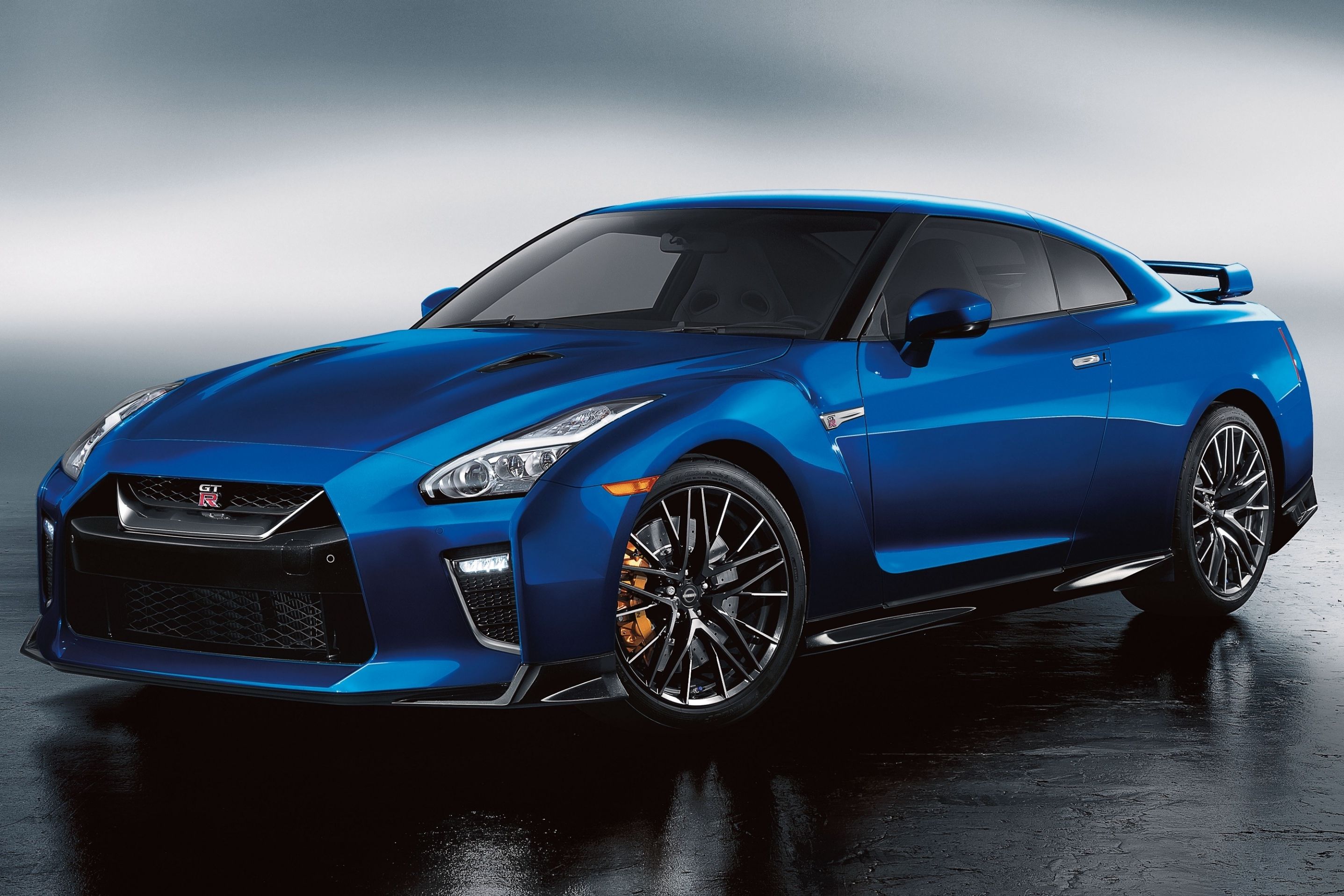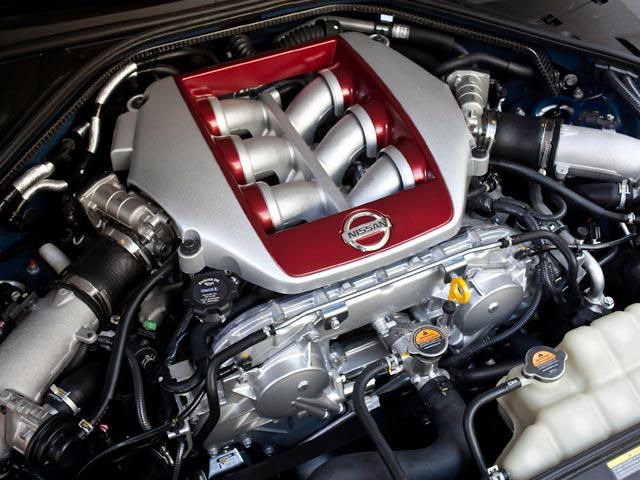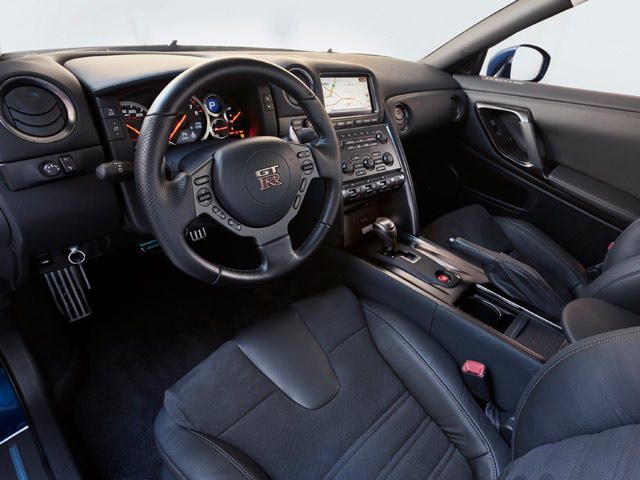First Look: Nissan GT-R
It's difficult to say what constitutes a new GT-R model. Sure, it's easy to say that since the 2012 is still designated R35 that it is not new, and since Nissan makes some tweaks every year the 2012 tweaks don't warrant a fresh look. The tweaks for 2012 have been extensive though, and Nissan has made considerably more changes than any previous year. So if it will help justify a whole new review, think of this as the GT-R they should have built in 2008.
This new GT-R looks pretty much the same as it did before, there are a few more LEDs, but you wouldn't know how much is new just from looking at it. On that subject, while the looks might be striking, it takes a pretty serious fanboy to go so far as to call it pretty. The body has been redesigned, even if it isn't immediately apparent, and drag has been decreased while a 10 percent increase in downforce has been achieved. The redesign also channels more air to the brakes for the purpose of cooling them.
The brakes have been enlarged from 15 inches to 15.4 as well, but the GT-R is still not a lightweight car and despite these improvements, stopping distance is very nearly, but not quite as good as the competition. The GT-R also falls just short of the 200mph mark, which the competition is able to (just barely) hit. Of course, if you ever find yourself in a situation where the GT-R's brakes are actually inadequate then you are most likely doing something wrong; and you have to look pretty hard to find a place where you can bounce off the limiter in top gear, even on a race track.
Quite a bit of fine tuning was done to the GT-R's suspension and steering for 2012. As a result of this, there is now only one production car in the world that can run through a slalom faster than the GT-R, that's the Porsche 911 GT3 RS, a car that's hopeless as a daily driver. Kazutoshi Mizuno, the chief engineer for the GT-R, says that they concentrated most of their efforts on handling, but it's hardly the only area where the GT-R has been improved. The valve timing has been fiddled with and boost was cranked up, pushing the horsepower up from 485 to 530. The GT-R now also has its launch control back, since Nissan found a way to keep transmissions from exploding.
This all translates into a 2.9-second 0-60 time. That time is faster than the 911 Turbo or the Corvette ZR1, and the GT-R will also outrun the ZR1 in the quarter mile and will tie with the Turbo; and the GT-R still costs noticeably less than either. There are those who will tell you the GT-R is just a bunch of technological gimmicks, and it is the feel of the 911 or the Corvette which makes them more enjoyable and therefore a better purchase. This isn't completely without merit, and both of these cars are better looking than the GT-R, but in many cases these statements are simply excuses for having paid more money for a slower car.
The feel that most gets the adrenaline pumping and puts the biggest smile on your face is the feel of speed, and the GT-R quite simply has more of that any other car even remotely in its price range. Period.







